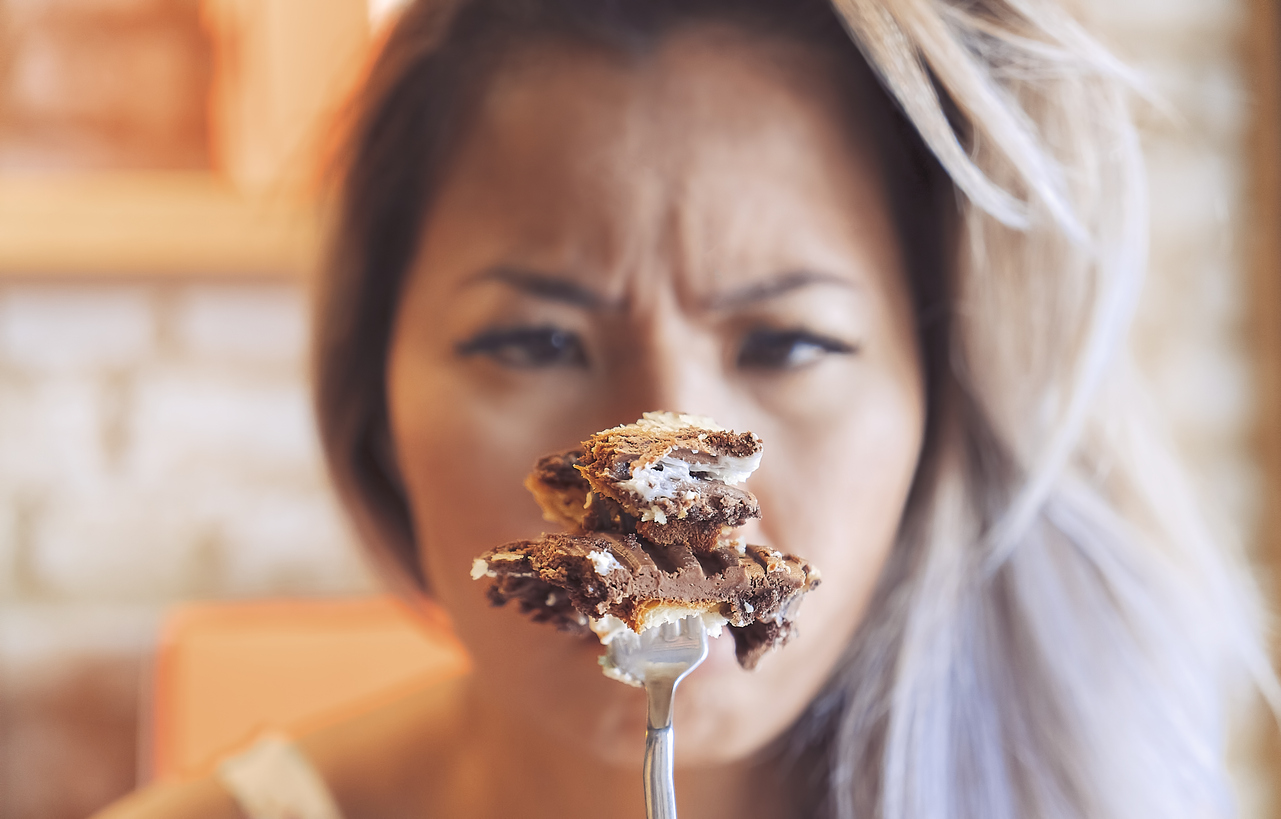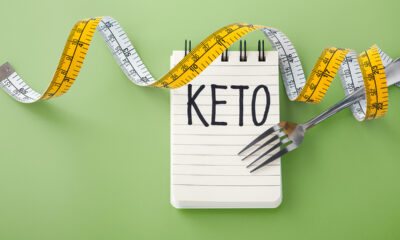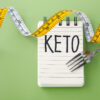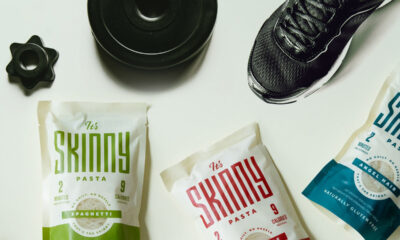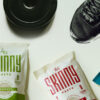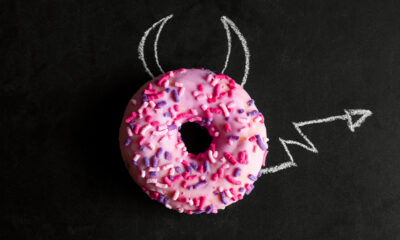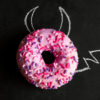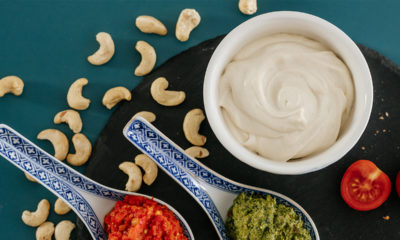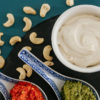Nutrition
Carb Controversy
Carbs are energy but Dr Peter Foley questions how much we need them and looks at other fuel sources.
CARBOHYDRATE FREE ENERGY
A research study pitted two teams of experienced endurance runners against each other. 10 of them ate a diet in which carbohydrate accounted for 60% of their calories. The other team of 10 ate a very low-carb diet in which only 10% of calories came from carbohydrate.
The runners were instructed to run for three hours and their ability to burn fat was monitored. The results showed that, not only were the runners on a very-low-carb diet perfectly able to run for three hours straight, they also burned more body fat than the high-carb team.
FAMOUS LOW CARB ATHLETES
A striking example is Tour De France-winning cyclist Chris Froome, who overhauled his diet to reduce his carbohydrate intake and replace it with more fat and protein. The change in diet enabled Chris to maintain a low, but muscular body weight and helped him to win four Tour de France titles.
BODY ADAPTATIONS
The human body can cope with exercising without carbohydrate in several ways.
Firstly, there’s the sugar we store in our muscles as glycogen. It doesn’t matter whether you are on a low-carb or a high-carb diet – either way, your body will maintain a plentiful supply of stored sugar (glycogen) which will be available for use when exercising.
Secondly, as we’ve seen above, the body can also burn body fat for energy whilst exercising.
FUEL YOUR TRAINING
One of the best ways to approach this is to try for yourself. A low-carb diet is any diet involving <130g of carbs in a day.
When you focus on natural and fresh foods, you can eat a lot of fresh vegetables – especially greens – while still coming well under 130g in a day. The best way to approach this is to be your own experiment – see what works for you. It may not work for everyone, but always try to assess if it works for your training, body type and goals.
This article originally featured in TRAIN for HER issue 87. You can read this issue and many others by clicking here.


